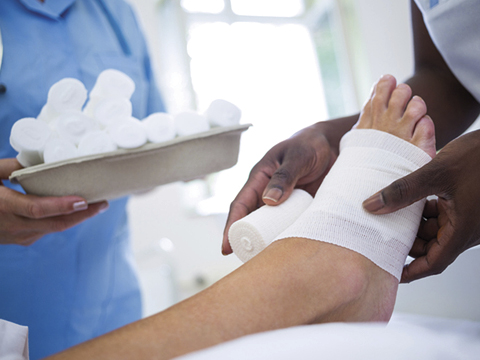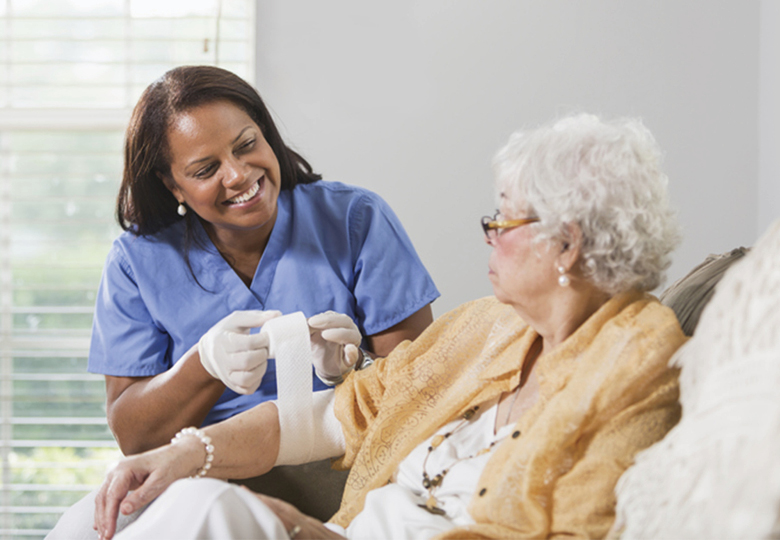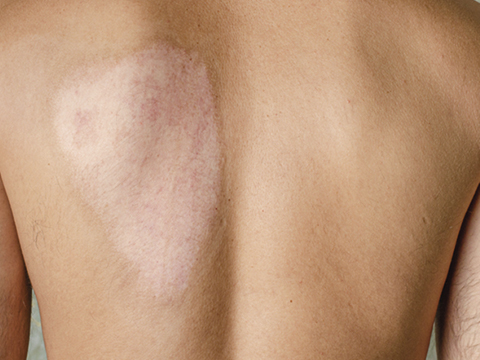What is negative pressure wound therapy?
NPWT is a medical treatment utilizing vacuum-like pumps to promote the healing of severe and chronic wounds. This process helps remove fluid and bacteria, allowing the wound edges to close while encouraging healthy tissue growth.
Over recent decades, NPWT has become a widely used wound management practice in the United States. These systems have proven to reduce the healing times of certain wound types.
Negative pressure wound therapy can effectively treat chronic wounds, sub-acute and acute wounds, traumatic wounds, pressure ulcers, diabetic ulcers, surgical wounds, flaps and grafts, and second- and third-degree burn wounds.
How does negative pressure wound therapy work?
Why do it?
As with any recovery from a severe injury, NPWT can be a slow process. The benefits of negative pressure wound therapy are clear:
- Keeps your wound clean
- Can result in an earlier hospital discharge
- Lowers the cost of treatment
- Speeds up the healing process
- Is portable to allow you to enjoy daily activity more easily
- Allows you to regain a better health-related quality of life
How to make the most of your wound care treatment
If you are undergoing treatment for a severe wound, you can follow a few additional best practices to improve your recovery.
- Diet — Good nutrition can help improve healing. Stock up on healthy foods, including:
- Fruits
- Veggies and greens
- Lean proteins such as fish, chicken, and turkey
- Dairy and nuts
- Vitamin A, C, E and Zinc supplements
- Warning signs — If you notice any of the following, contact your practitioner immediately:
- Fever over 102 degrees Fahrenheit
- Redness or warmth at wound site
- Wound odor change
- Headache, lightheadedness, or dizziness
- Redness, swelling or warmth around the wound
Conclusion
Negative pressure wound therapy may be an option if you are struggling to recover from a serious wound. Like any medical procedure, the recovery can be difficult and requires patience and care. Follow the recommendations of your practitioner or clinical team, and you will set yourself up for success and a higher health-related quality of life down the road. Remember, negative pressure wound therapy is not appropriate for all types of wounds. If you are unsure if this treatment is right for you, we recommend discussing your options with your practitioner.



